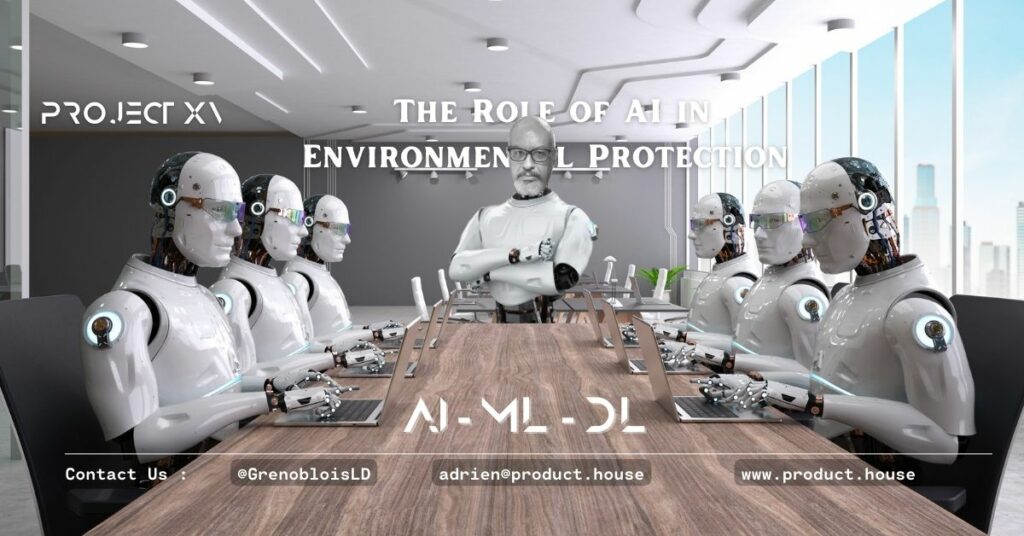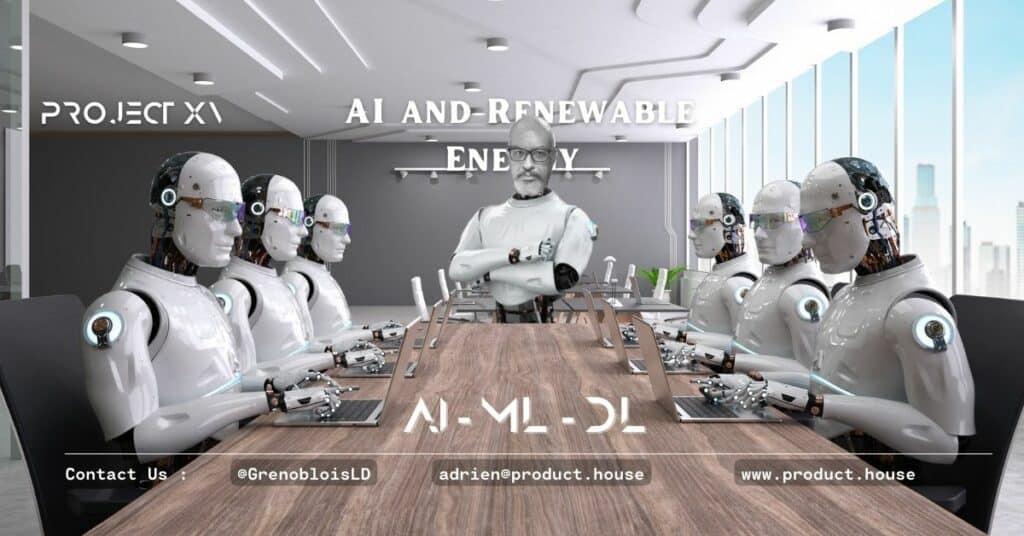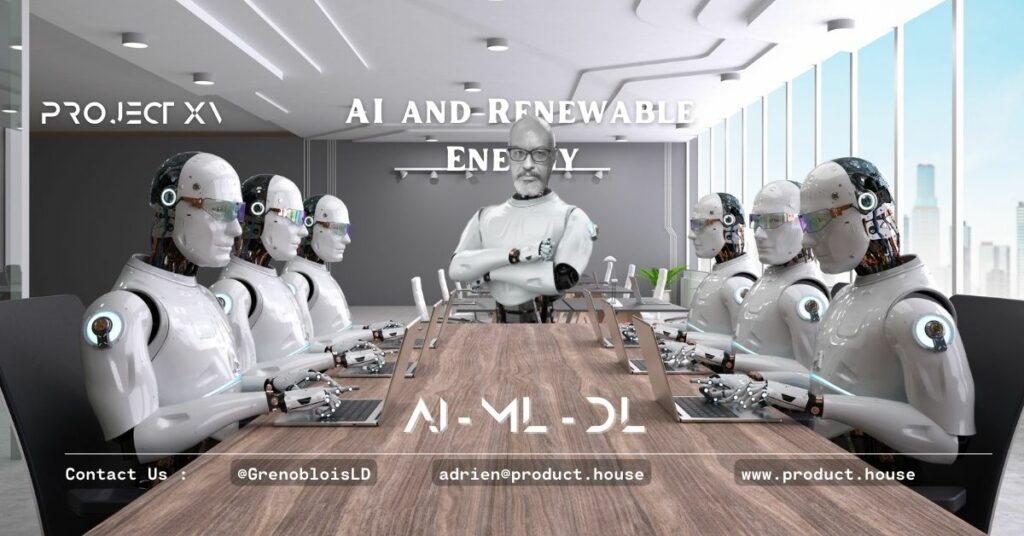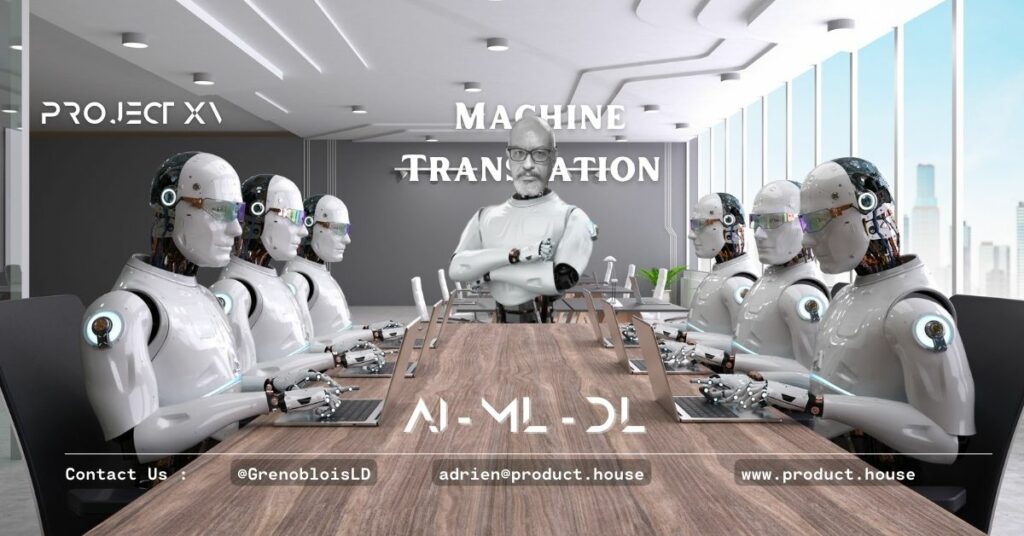The Role of AI in Environmental Protection and Sustainability

In recent years, there has been an increase in concern for environmental protection and sustainability. As the world’s population continues to grow, and industrialization increases, we are faced with the challenge of preserving our environment and ensuring that we have a sustainable future. One area that has shown promise in addressing this challenge is artificial intelligence (AI). In this article, we will explore the role of AI in environmental protection and sustainability.
Introduction
Environmental protection and sustainability are critical issues facing the world today. With a growing global population, we must find ways to sustain our natural resources and reduce our carbon footprint. One area that has the potential to play a significant role in environmental protection and sustainability is artificial intelligence. AI has the potential to improve resource management, reduce waste, and promote sustainability. In this article, we will discuss the role of AI in environmental protection and sustainability.
What is AI?
Before we delve into the role of AI in environmental protection and sustainability, let’s first define what AI is. AI is an umbrella term that encompasses various technologies and techniques that enable machines to perform tasks that would typically require human intelligence. These tasks include speech recognition, image recognition, decision-making, and language translation. The goal of AI is to develop machines that can think and learn like humans.
The Role of AI in Resource Management
One of the most significant challenges in environmental protection and sustainability is resource management. We must find ways to use our resources efficiently and sustainably. AI can play a significant role in achieving this goal. By leveraging data and advanced algorithms, AI can help us manage our resources better. For example, AI can help us optimize energy consumption, reduce water waste, and improve crop yields.
AI in Waste Management
Another area where AI can make a significant impact is in waste management. We generate a tremendous amount of waste globally, and we must find ways to manage it sustainably. AI can help us optimize waste management by providing insights into waste generation, collection, and disposal. For example, AI can help us identify areas where waste generation is high and recommend strategies to reduce waste.
AI and Renewable Energy
Renewable energy is another critical area in environmental protection and sustainability. We must find ways to transition from fossil fuels to renewable energy sources. AI can help us achieve this goal by optimizing the use of renewable energy sources. For example, AI can help us forecast wind and solar energy production and ensure that we use renewable energy efficiently.
AI and Climate Change
Climate change is one of the most significant environmental challenges we face today. AI can help us address this challenge by providing insights into climate patterns and trends. For example, AI can help us predict extreme weather events, such as hurricanes, and provide early warning systems to reduce their impact.
Conclusion
AI has the potential to play a significant role in environmental protection and sustainability. By leveraging data and advanced algorithms, AI can help us manage our resources better, optimize waste management, transition to renewable energy sources, and address climate change. However, we must also be mindful of the potential risks associated with AI, such as job displacement and ethical concerns. As we continue to develop and implement AI technologies, we must also consider their impact on the environment and ensure that we use them in a sustainable and responsible manner. Overall, AI can help us address the challenges we face in environmental protection and sustainability, and we must continue to explore its potential to create a better, more sustainable future.
FAQs
- Can AI really help protect the environment?
Yes, AI has the potential to help protect the environment by optimizing resource management, waste management, renewable energy usage, and addressing climate change. - What are some potential risks associated with AI in environmental protection?
Some potential risks include job displacement, ethical concerns, and environmental impacts from the manufacture and use of AI technologies. - How can AI be used to reduce waste?
AI can be used to provide insights into waste generation, collection, and disposal, and recommend strategies to reduce waste. - What are some examples of AI in renewable energy?
AI can help forecast wind and solar energy production and ensure that we use renewable energy efficiently. - Can AI be used to address climate change?
Yes, AI can help address climate change by providing insights into climate patterns and trends, and predicting extreme weather events. - How can AI help reduce carbon emissions?
AI can help reduce carbon emissions by optimizing energy consumption, transitioning to renewable energy sources, and providing insights into climate patterns and trends. - How can businesses leverage AI to become more sustainable?
Businesses can leverage AI to become more sustainable by optimizing their supply chains, reducing waste, and transitioning to renewable energy sources. - What are some ethical concerns associated with AI in environmental protection?
Ethical concerns include the potential for AI to be used for surveillance or to infringe on individuals’ privacy rights. Additionally, there are concerns around the ethical implications of AI replacing human workers. - What is the potential for AI to improve biodiversity conservation efforts?
AI can help improve biodiversity conservation efforts by providing insights into animal behavior, habitat loss, and poaching. - How can AI be used to promote sustainable agriculture?
AI can be used to optimize crop yields, reduce water waste, and prevent crop diseases.
AI has the potential to play a significant role in environmental protection and sustainability. It can help us optimize resource management, reduce waste, transition to renewable energy sources, and address climate change. However, we must also be mindful of the potential risks associated with AI and use it in a sustainable and responsible manner. By doing so, we can create a better, more sustainable future for generations to come.
Reminders
When using AI in environmental protection and sustainability, it is important to prioritize sustainability and responsible use. Additionally, it is crucial to consider the potential risks associated with AI and work to mitigate them. Finally, collaboration between industry, government, and academia is necessary to ensure that AI is used in a sustainable and responsible manner.
Books and References
- “The Greening of IT: How Companies Can Make a Difference for the Environment” by John Lamb
- “The Fourth Industrial Revolution” by Klaus Schwab
- “Artificial Intelligence and the Environment” by Senem Velipasalar and David W. Matolak
- “Sustainable Computing: Informatics and Systems” by Suresh Chandra Satapathy, Vikrant Bhateja, and V. Kamakshi Prasad
- “Climate Change, AI and the Future of Humanity: A Collection of Essays” edited by David Wood
Resources
- United Nations Environment Programme (UNEP): Provides insights into environmental challenges and promotes sustainable solutions.
- AI for Good Global Summit: An annual event focused on how AI can be used to create a better world.
- ClimateAI: A startup that uses AI to help predict the impact of climate change on different regions.
- Climate Trace: An AI-powered system that tracks greenhouse gas emissions and climate progress.
- Microsoft AI for Earth: A program that provides grants and resources to individuals and organizations using AI to address environmental challenges.
Suggested Experts
- Andrew Ng: Co-founder of Google Brain and founder of deeplearning.ai, an online learning platform focused on AI and machine learning.
- Fei-Fei Li: Co-director of the Stanford Institute for Human-Centered Artificial Intelligence and co-founder of AI4ALL, an organization focused on increasing diversity and inclusion in AI.
- Yoshua Bengio: Professor at the University of Montreal and co-recipient of the 2018 Turing Award for his work in deep learning.
- Kate Crawford: Research professor at New York University and co-founder of the AI Now Institute, an interdisciplinary research institute focused on the social implications of AI.
- Karen Hao: Senior AI reporter at MIT Technology Review, covering the intersection of AI and society.
Courses Online and in Universities
- AI for Environmental Science, Policy, and Management (UC Berkeley)
- Sustainable Development with AI (edX)
- Environmental Informatics: Use of AI in Environmental Management (Indian Institute of Technology, Roorkee)
- Sustainable and Socially Responsible Artificial Intelligence (Heidelberg University)
- Artificial Intelligence and Environmental Applications (University of Birmingham)
- Artificial Intelligence for Environmental Decision Making (University of East Anglia)
- Master of Science in Environmental Informatics (Technical University of Munich)
- Sustainable and AI-Driven Supply Chain Management (Massachusetts Institute of Technology)
- Master of Science in Artificial Intelligence for Environmental Engineering and Sustainability (Politecnico di Milano)
- AI for Sustainability (Coursera)
In the UK, some of the universities that offer courses related to AI and environmental protection include the University of Birmingham, University of East Anglia, and Imperial College London.
In India, some of the universities that offer such courses include the Indian Institute of Technology (IIT), Roorkee and the Indian Institute of Technology (IIT), Madras.
In France, universities such as Sorbonne University and Université Paris-Saclay offer courses related to AI and the environment.
In Germany, the Technical University of Munich and the University of Heidelberg are among the institutions that offer courses related to AI and sustainability.






